Trend Analysis
Time Series Visualization
Time series visualization involves graphically representing data points collected over time to identify trends, patterns, and anomalies. By visualizing time series data, businesses can easily monitor changes over days, months, or years, gaining insights into how certain variables evolve. This approach helps in forecasting future trends, understanding historical performance, and making informed decisions based on temporal patterns. Time series visualization is a powerful tool for analyzing financial data, sales performance, customer behavior, and other time-dependent metrics.
Comparative Trend Analysis
Comparative trend analysis allows businesses to compare trends across different datasets or time periods, highlighting similarities, differences, and correlations. By comparing trends, organizations can understand how various factors influence each other and assess the impact of specific events or decisions. This analysis is crucial for benchmarking performance, evaluating the effectiveness of strategies, and identifying best practices. Comparative trend analysis helps businesses make data-driven decisions that enhance competitiveness and drive growth.
Seasonal Data Insights
Seasonal data insights focus on identifying and understanding recurring patterns or fluctuations that occur at regular intervals, such as seasonal peaks in sales or customer activity. By analyzing seasonal trends, businesses can anticipate demand, optimize inventory levels, and plan marketing campaigns that align with these cycles. Seasonal data insights are essential for maximizing opportunities during high-demand periods and mitigating risks during slower times. This analysis enables businesses to adapt their strategies to the natural rhythms of their industry, ensuring sustained success throughout the year.
Pattern Recognition
Pattern recognition involves identifying consistent and meaningful patterns within data that may not be immediately obvious. This technique is used to uncover hidden relationships, predict future outcomes, and detect anomalies. In the context of trend analysis, pattern recognition helps businesses understand complex datasets, reveal underlying structures, and generate actionable insights. By recognizing patterns, organizations can anticipate changes, optimize operations, and innovate more effectively. Pattern recognition is a key capability for driving continuous improvement and maintaining a competitive edge.

